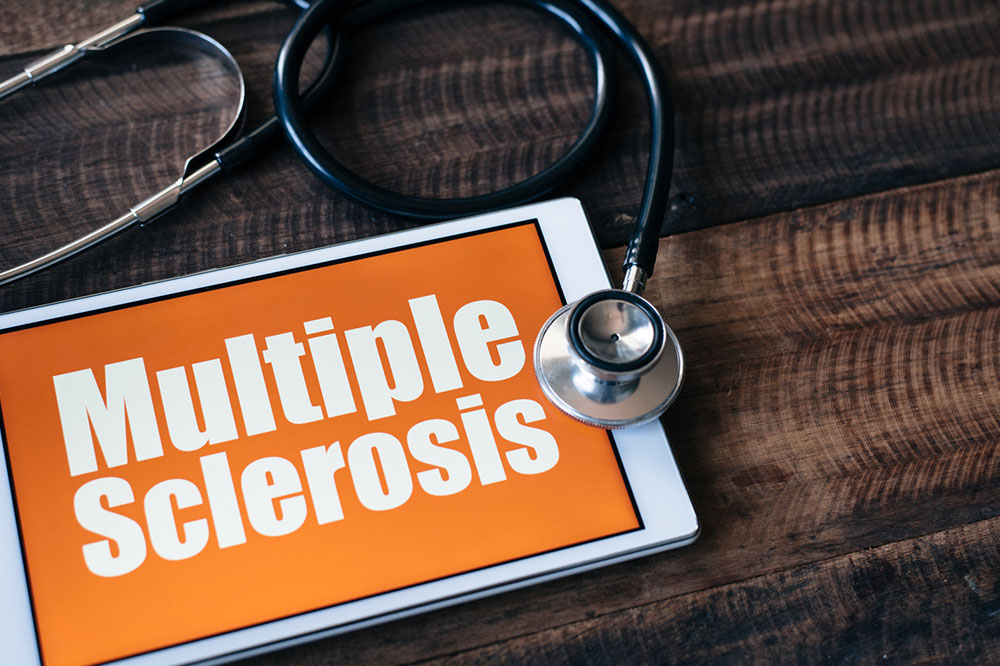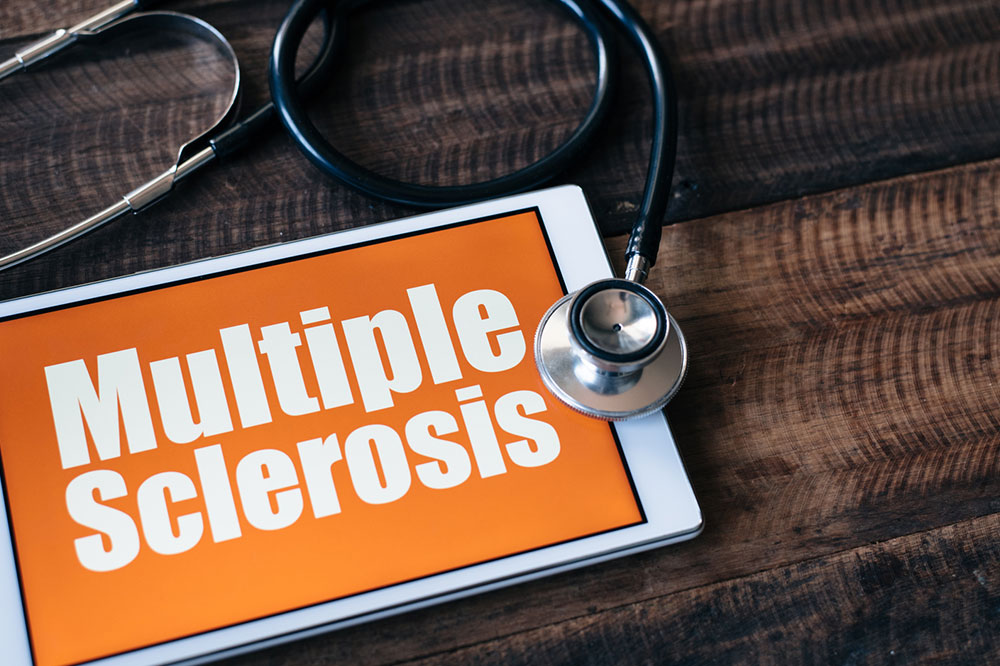Comprehensive Guide to Multiple Sclerosis: Causes, Symptoms, and Risk Factors
Multiple sclerosis (MS) is a complex autoimmune neurological condition that affects the central nervous system. This detailed guide explores its causes, symptoms, risk factors, and current understanding, emphasizing early diagnosis and management strategies crucial for improving patient quality of life. Understanding MS's multifaceted nature helps in better awareness and targeted interventions.

Comprehensive Insights into Multiple Sclerosis (MS)
Multiple sclerosis (MS) is a complex, chronic neurological disease that significantly impacts the central nervous system (CNS). Characterized by immune system dysfunction, MS involves the immune-mediated attack on the myelin sheath, which insulates nerve fibers, disrupting normal nerve signal transmission. This damage leads to a wide spectrum of neurological symptoms and can result in varying degrees of disability over time. Due to its intricate pathology and unpredictable progression, understanding MS is crucial for early diagnosis, management, and improving patient quality of life. This comprehensive guide aims to provide in-depth insights into the causes, symptoms, risk factors, and current understanding of multiple sclerosis.
Understanding the Causes of Multiple Sclerosis
Despite extensive research, the precise cause of multiple sclerosis remains elusive. It is widely believed that MS results from a combination of genetic predisposition, environmental influences, immune system abnormalities, and infectious triggers. These factors interact in complex ways, leading to the breakdown of immune tolerance and subsequent attack on myelin in the CNS. Below, we explore the most significant factors contributing to MS development.
Immune System Dysfunction
At the core of MS pathology lies the immune system's misdirected response. An overactive or malfunctioning immune response targets the body's own myelin, leading to inflammation, demyelination, and nerve damage. This autoimmune attack is thought to involve T-cells, B-cells, and other immune components attacking CNS tissues, resulting in impaired nerve conduction.
Infections as Triggers
Several viral and bacterial infections have been implicated as potential environmental triggers for MS. Notably, infections such as Epstein-Barr virus (EBV), human herpesvirus-6 (HHV-6), and possibly others may initiate or exacerbate autoimmune responses. These pathogens can induce inflammation and immune activation that inadvertently target CNS components, potentially initiating or accelerating disease progression.
Genetic Factors
Family history significantly increases individual susceptibility to MS. Genetic research has identified multiple gene variants associated with increased risk, particularly within the human leukocyte antigen (HLA) complex. Individuals with relatives affected by MS have approximately 2.5% to 5% higher risk compared to the general population, which has an overall risk of about 0.1%. Genetic predisposition interacts with environmental factors to influence disease onset.
Environmental and Lifestyle Factors
Environmental influences play a critical role in MS development. Epidemiological data demonstrate higher prevalence rates in populations living farther from the equator, suggesting a link to reduced sunlight exposure. Sunlight facilitates vitamin D synthesis, which is essential for immune regulation. Deficiency in vitamin D has been linked to increased MS risk. Other environmental factors include smoking, which has been shown to increase relapse rates and severity, and geographic region-specific exposures.
Recognizing the Symptoms of Multiple Sclerosis
One of the challenges in managing MS is its varied symptom presentation, which depends on the locations and extent of CNS lesions. Symptoms can develop suddenly or gradually and fluctuate over time. Early detection and diagnosis are vital for effective management. Here are some of the most common symptoms associated with MS:
Motor Weakness and Sensory Changes
Patients often experience weakness, numbness, or tingling sensations in limbs, trunk, or legs. This may lead to difficulty walking or maintaining balance.
Coordination and Gait Problems
Ataxia, tremors, and difficulty with coordination are common, affecting walking stability and fine motor skills.
Visual Disturbances
Optic neuritis, characterized by partial or complete vision loss, eye pain, or double vision, is frequently an initial presenting symptom.
Bladder, Bowel, and Sexual Dysfunction
MS can affect autonomic functions, leading to urinary urgency, retention, incontinence, constipation, or sexual dysfunction.
Cognitive and Speech Difficulties
Some individuals experience problems with memory, concentration, speech, or swallowing.
Fatigue and Dizziness
Persistent fatigue and episodes of dizziness are common complaints among MS patients, often impacting daily activities and quality of life.
Identify the Risk Factors for Developing MS
Understanding who is at higher risk of developing MS can aid in early diagnosis and preventive strategies. Several demographic, genetic, and environmental factors have been associated with increased susceptibility:
Age
MS predominantly affects young adults between the ages of 16 and 55, with the highest incidence in the late 20s to early 30s.
Gender
Women are approximately two to three times more likely to develop MS than men, possibly due to hormonal and immune system differences.
Smoking
Smoking not only increases the risk of developing MS but also correlates with higher relapse rates and more rapid disease progression.
Autoimmune Disorders
Individuals with other autoimmune diseases such as type 1 diabetes, rheumatoid arthritis, or inflammatory bowel disease have a higher likelihood of developing MS, suggesting shared immune dysregulation pathways.
Geographical Location
Living in temperate regions or areas with less sunlight exposure correlates with increased MS prevalence, emphasizing the role of environmental factors like vitamin D deficiency.
Infectious Agents and Vitamin D Levels
Previous infections, particularly with EBV, and low vitamin D levels have been linked to higher MS risk, highlighting the importance of immune and environmental health.
In conclusion, multiple sclerosis is a multifactorial disease involving genetic, environmental, infectious, and immune components. Recognizing the diverse symptoms and risk factors can lead to earlier diagnosis and more effective treatment strategies, ultimately improving patient outcomes and quality of life. As research continues, new insights will undoubtedly emerge, offering hope for better therapies and potential preventative measures.





